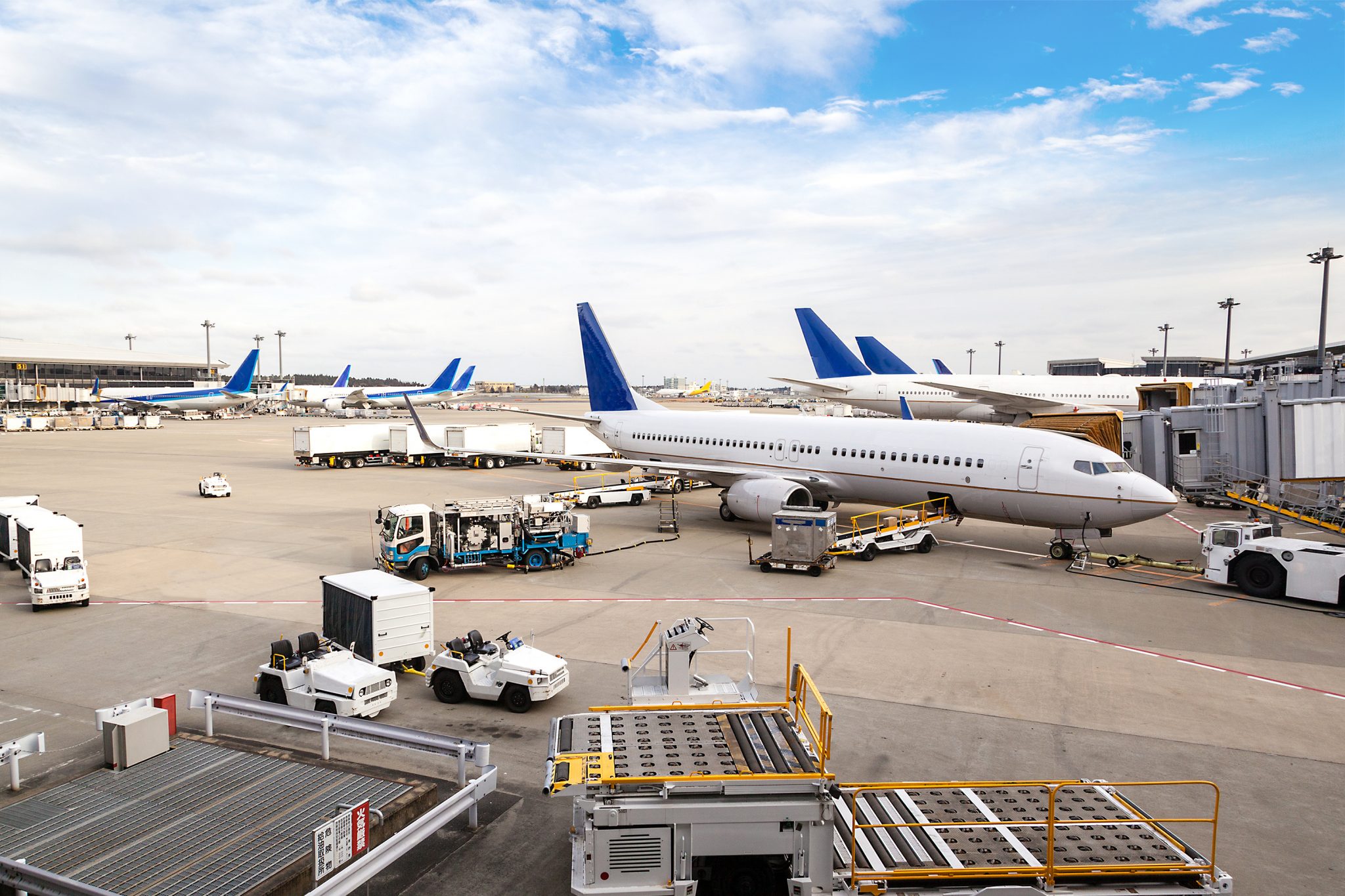In order to reduce the amount of damages experienced annually, the aerospace industry needs to review, update, and implement proper FOD control and removal procedures. The potential for FOD begins during manufacturing of aerospace equipment. From engines to landing gear, to complete airplanes, FOD can be introduced at any point prior to completing the actual product. FOD includes a wide array of items and objects, which could include:
- Dust
- Tools
- Paper Clips
- Employee IDs
- Buttons
- Hairpins
- Pens/Pencils
- Screws
- Nuts
- Bolts
- Garbage
- Straws
- Cups
- Metal Shavings
When various types of aerospace equipment are manufactured, dust, metal shavings, and other small particles are created from grinding, sanding, drilling, sawing, and welding that can result in FOD being released into the air around the workspace. As such, the FOD could be introduced into other parts and components that are nearby.
In order to reduce the potential for FOD damages, employees should be trained on “clean-as-you-go” procedures. This practice is where you clean and remove FOD on a regular basis throughout manufacturing processes.
- Clean the work area and equipment at the end of each shift.
- Clean the immediate area and components being produced at the end of each production phase.
- Clean the work area and components being produced whenever production is halted or stopped for any reason.
- Stop and clean the surrounding area when dust, metal shavings, and other debris have been released into the air after the process has been completed.
You should also inspect and clean areas that are out of sight, as FOD may have migrated into these areas. While it might seem tedious, especially when on a deadline, this method does help improve the quality of output by lowering the likelihood for FOD to have been left in the finished product. In addition to implementing a “clean-as-you-go” policy, you need other procedures in place to help control FOD:
- Inventory all tools and verify they are all present at the end of each shift.
- Pick up any parts or components that fall onto the ground or into the product being built, such as screws, nuts, bolts, etc.
- Stop work procedures whenever you hear a clanging sound indicating something has fallen onto the ground and determine the cause.
- Verify all consumables are accounted for at the end of each shift. Consumables include rags, paint, sealants, brushes, washers, fasteners, rivets, etc.
- Verify all personal protection equipment is accounted for at the end of each shift.
- Perform a detailed sweep of the entire production floor using the appropriate FOD removal
Taking the time to implement the appropriate procedures will help reduce the potential for FOD damages in the aerospace industry. To learn more about our FOD removal sweeping equipment, please feel free to contact Aerosweep at info@aerosweep.com today!
Sources


 Aerosweep
Aerosweep



